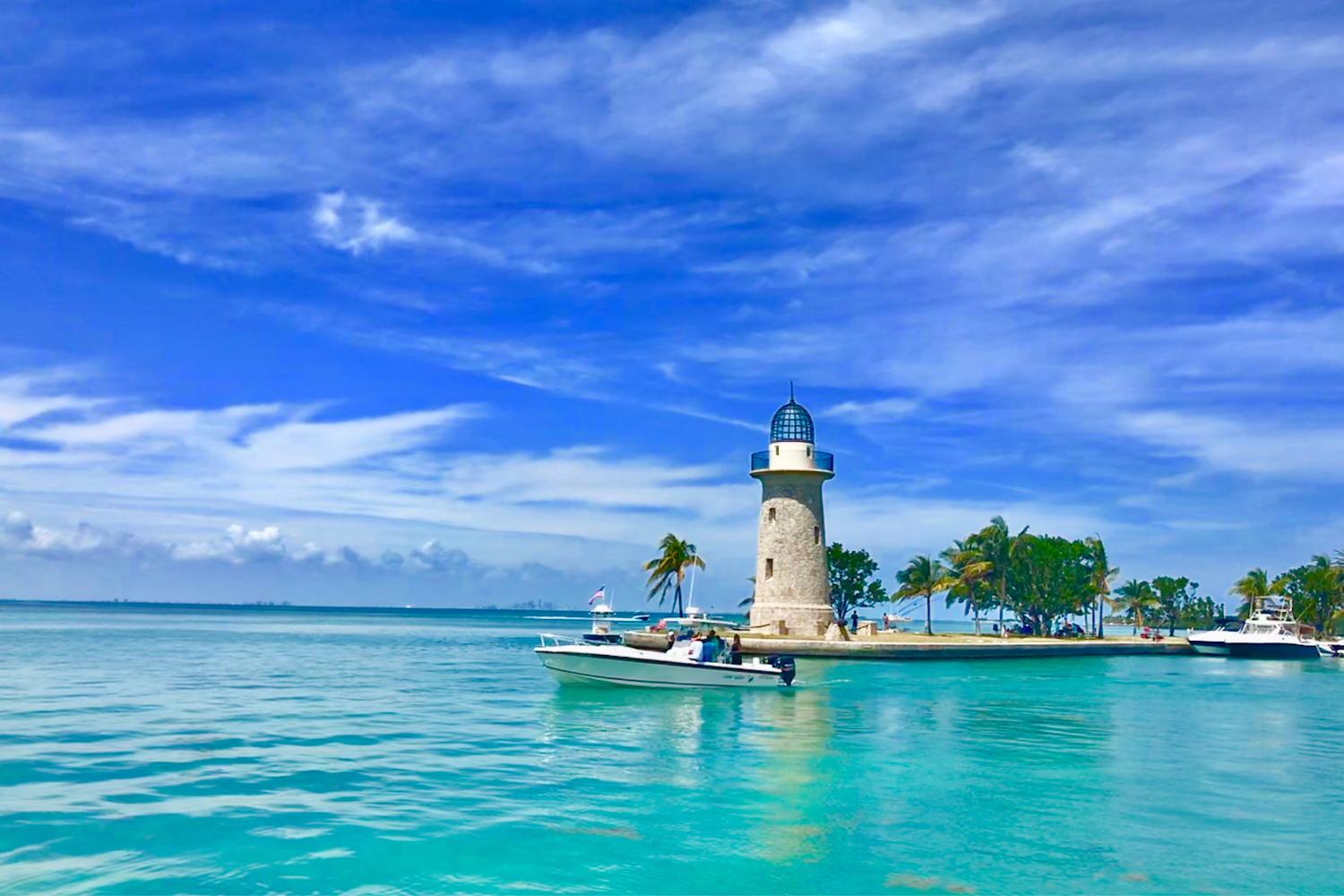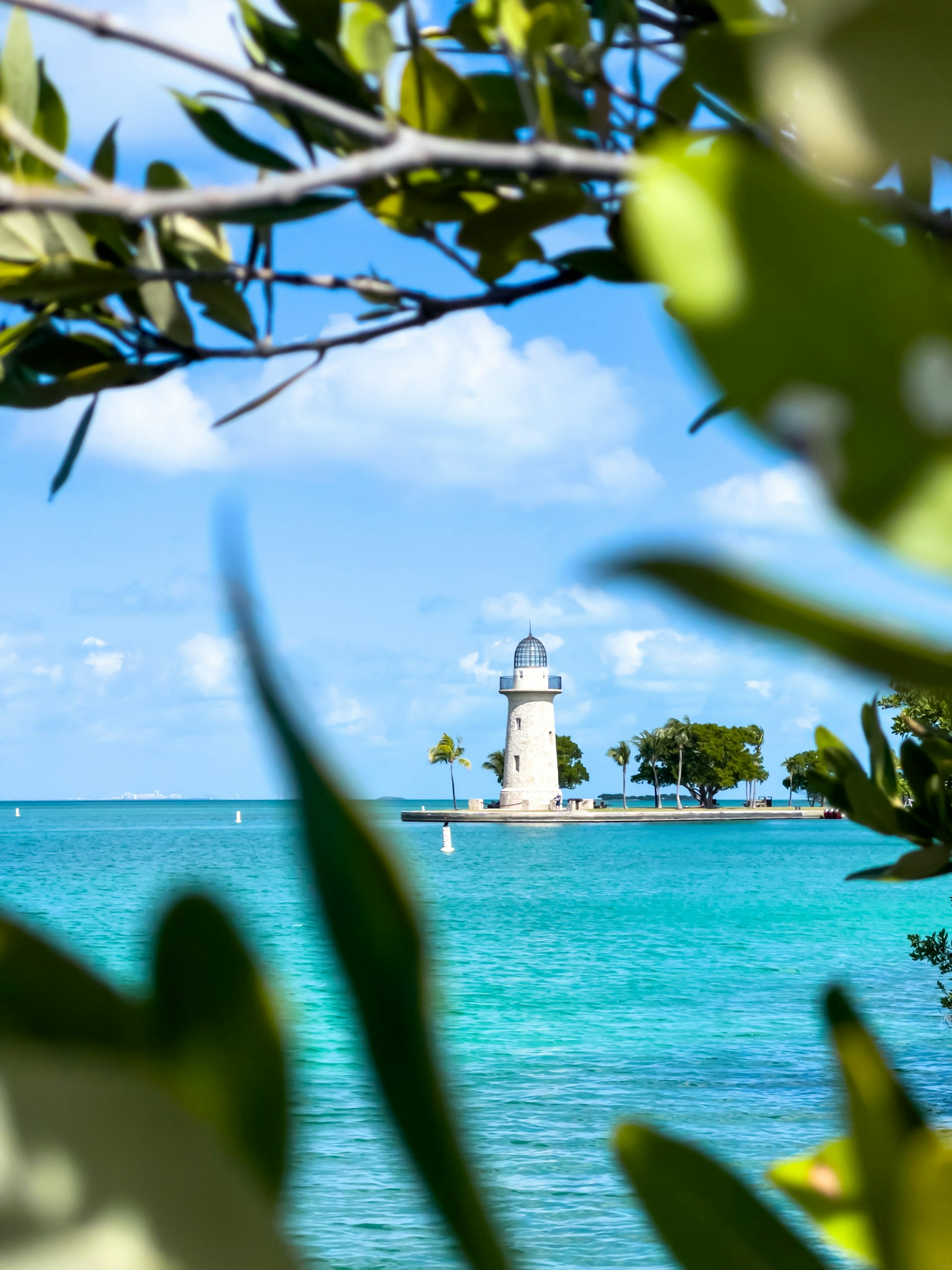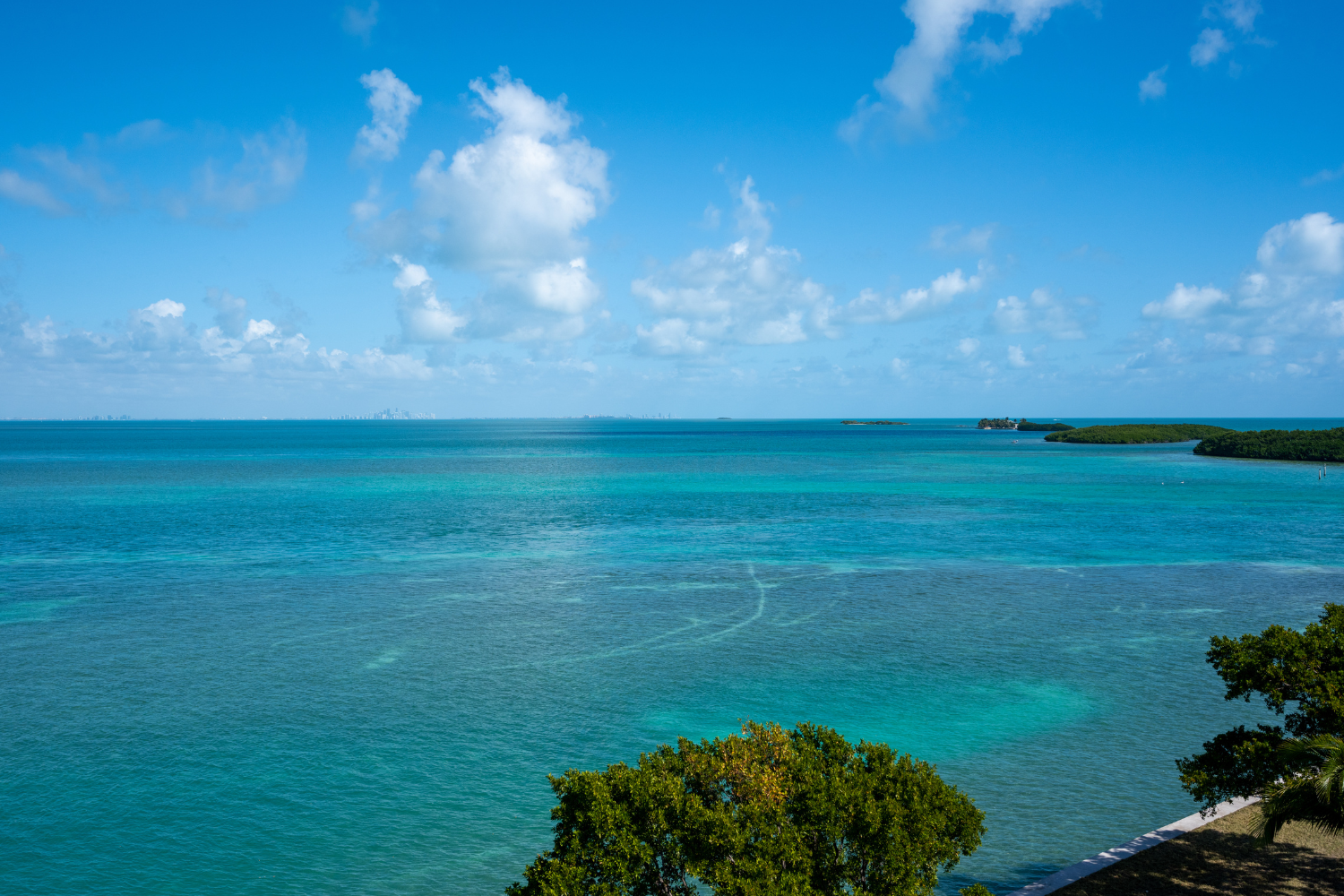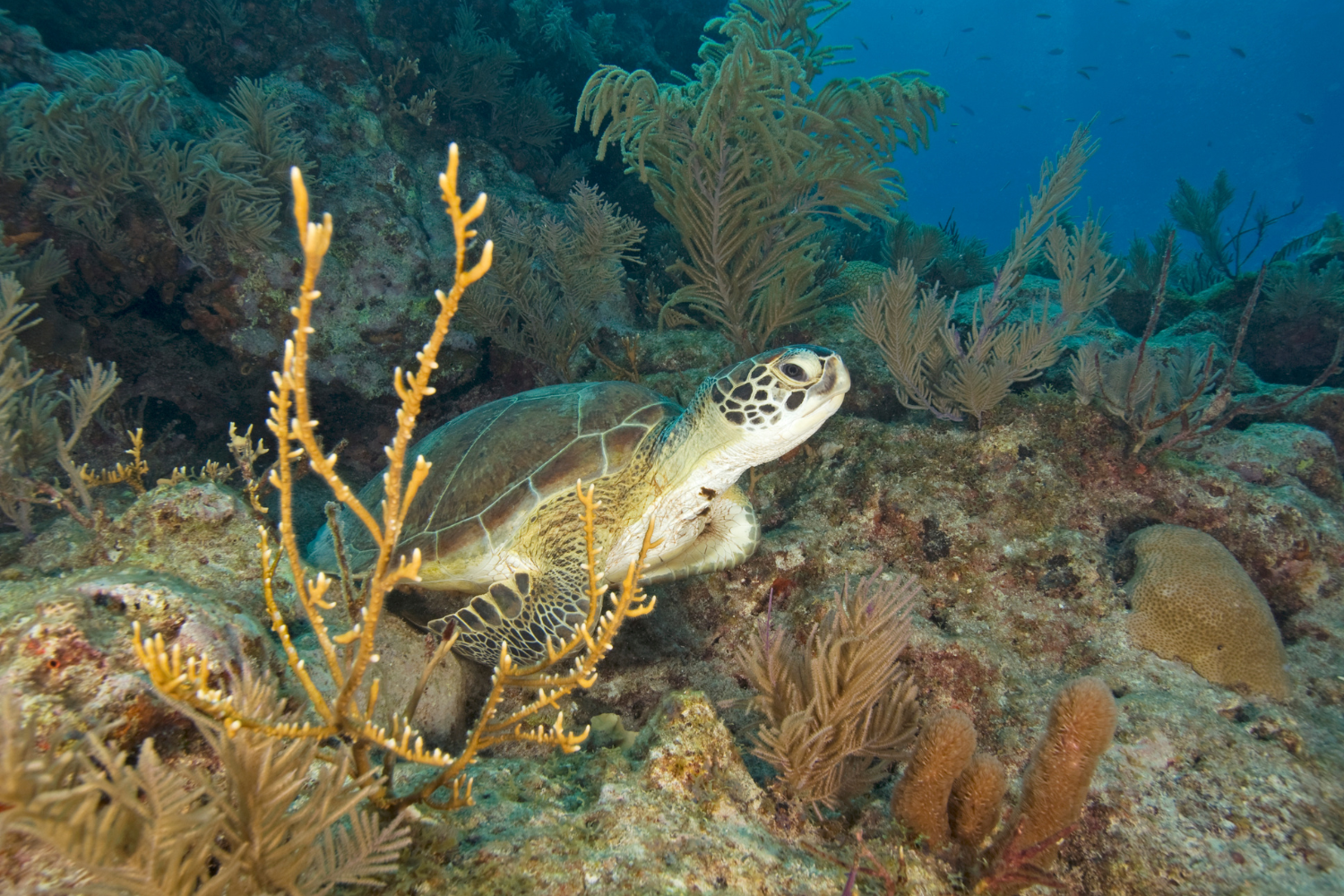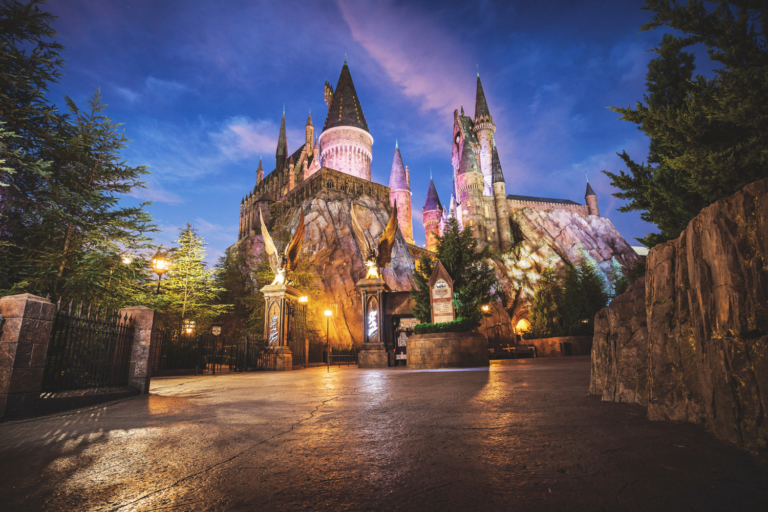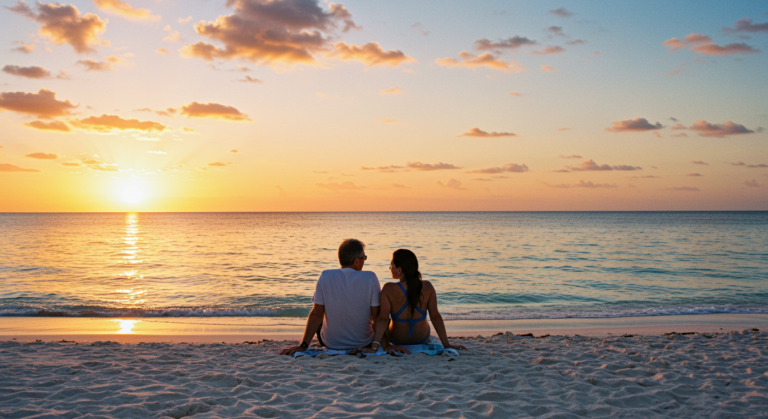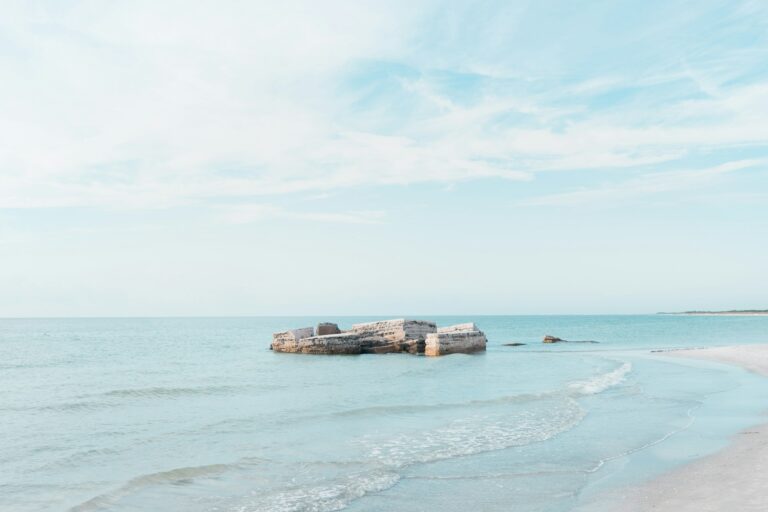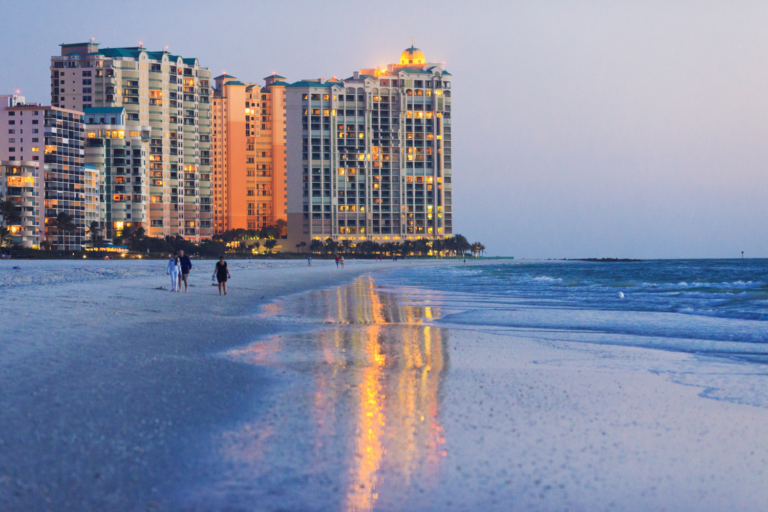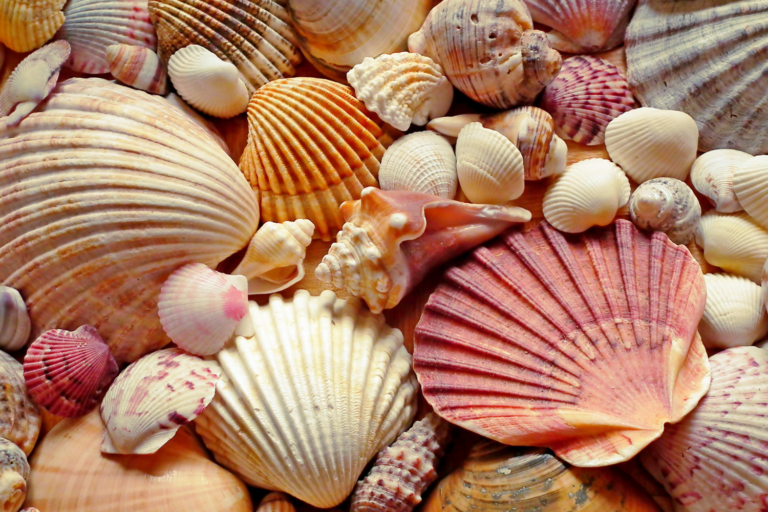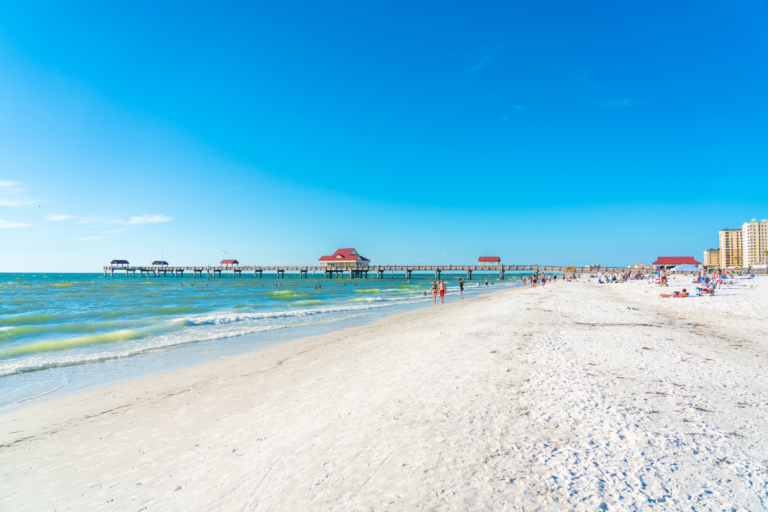Biscayne National Park: Guide to Coral Reefs, Islands & Shipwrecks
Share This Guide:
Near Miami yet feeling worlds apart, Biscayne boasts stunning turquoise waters, breathtaking islands, and colorful coral reefs bursting with underwater life. It holds a rich history spanning 10,000 years, from ancient tribes to shipwrecks and farming communities to presidential visits. Visitors come for boating, fishing, and diving, or simply to enjoy the peaceful scenery.
In This Travel Guide:
- How to Get There
- Places to Explore – Snorkeling, Historic Sites & More
- Camping in Biscayne National Park
- Boating in Biscayne National Park
- Canoeing and Kayaking
- Are Pets Allowed?
- Map Widget (google maps, directions)
How to Get There
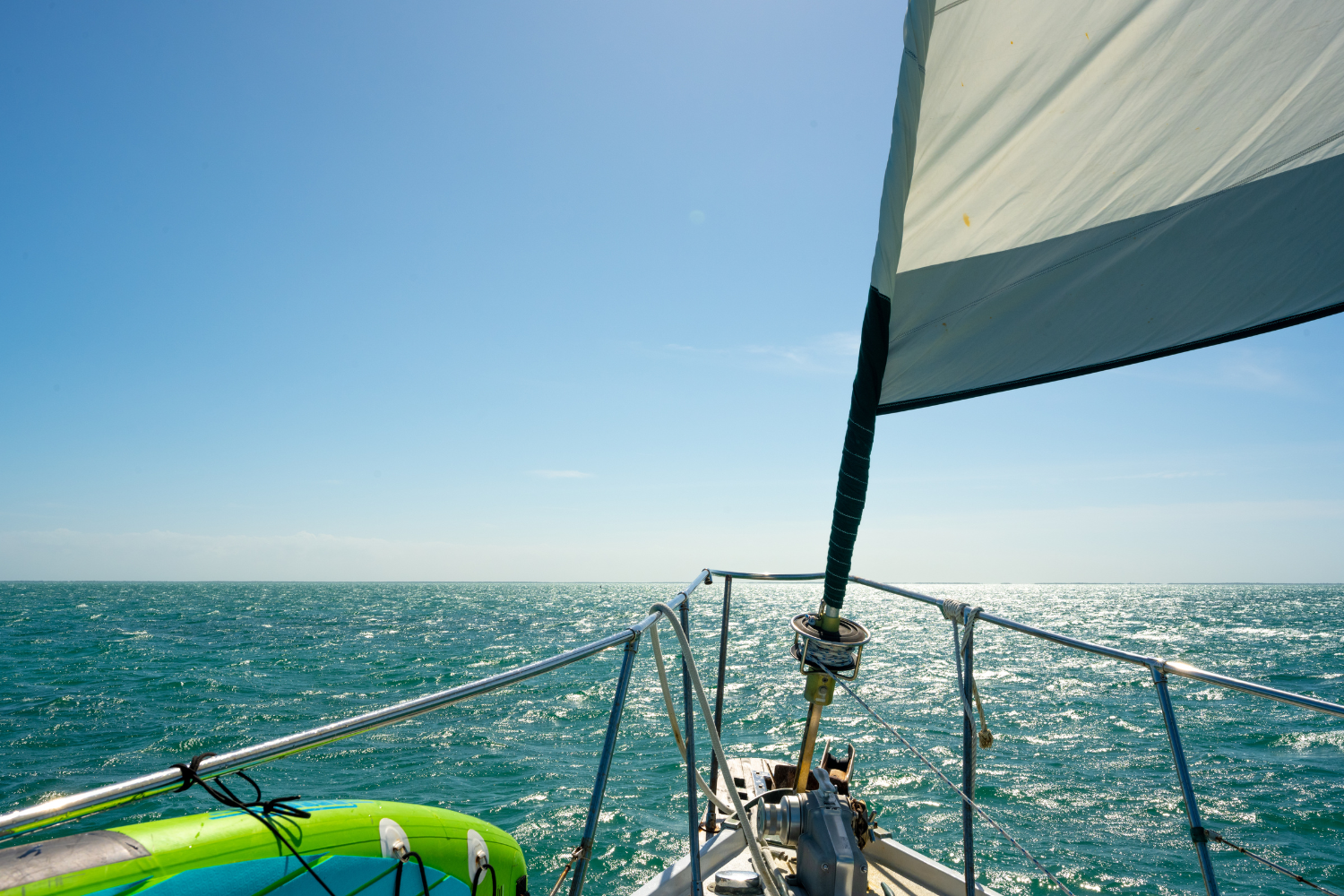
Visitors without a boat can enjoy guided boat tours, explore the Visitor Center, walk the short jetty trail, take in the views or have a picnic.
To access areas beyond the visitor center, a boat is required, as there are no bridges or ferries to the islands or campgrounds, and only one mile of road in the entire park. View Park Map Here.
Places to Explore
With 95% of the park covered in breathtaking blue waters, explore the park’s stunning islands, coral reefs, diverse wildlife, rich history, and other fantastic features at the locations below.
Maritime Heritage Trail
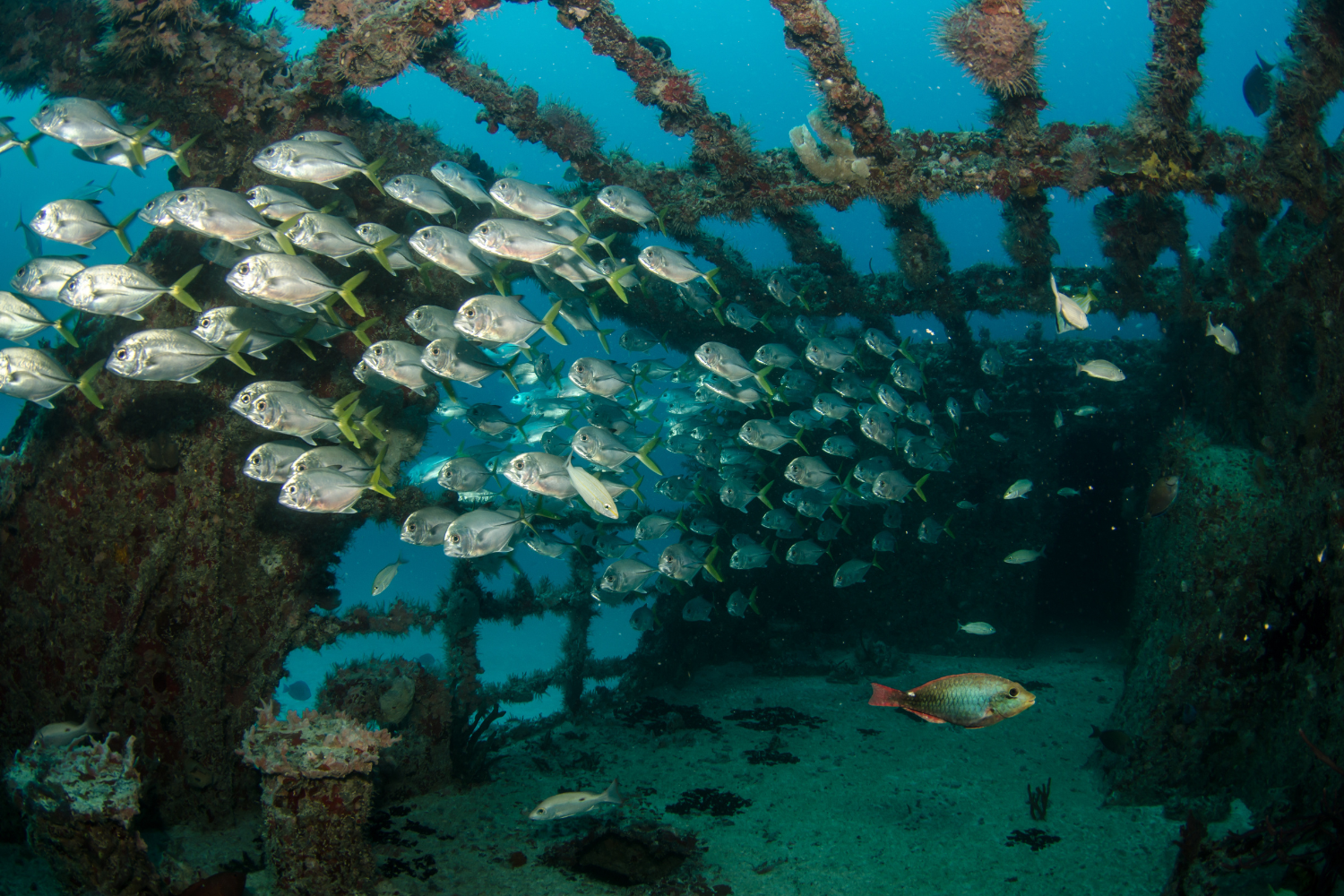
Discover the park’s historic shipwrecks. You can explore six different wrecks, each representing various sizes and types of vessels from nearly a century of history.
These sites are marked on maps, with brochures available, and mooring buoys have been placed for easy access.
The trail’s latest highlight is the Fowey Rocks Lighthouse. While the lighthouse itself isn’t open to visitors, snorkeling around its base is allowed.
The only way to reach the sites on the trail is by boat. While Erl King, Alicia, and Lugano are ideal for SCUBA diving, the other sites (Arratoon Apcar, Fowey Rocks Lighthouse, and Mandalay) are perfect for snorkeling.
Mandalay, in particular, provides snorkelers with a unique chance to explore a shipwreck in a stunning natural setting.
Take a virtual tour on the Biscayne Maritime Heritage Trail Story Map. This online experience offers stunning 3D scans of each wreck, along with fascinating details about their history.
Snorkel the Coral Reefs
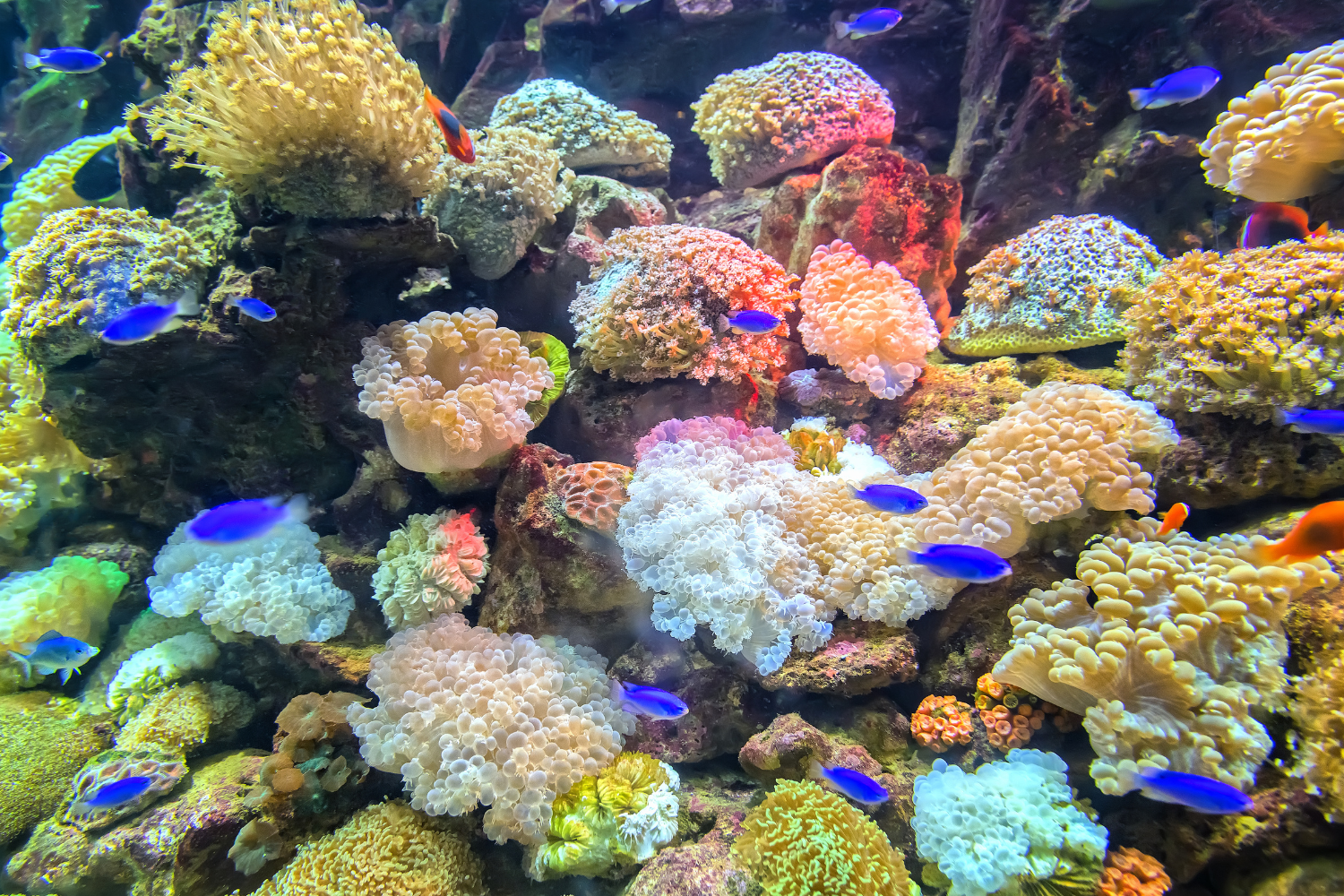
Home to one of the largest and most vibrant coral reef systems in the United States. The park’s coral reefs are teeming with colorful marine life, including fish, sea turtles, and rays. These underwater ecosystems are a key highlight of the park, offering exceptional opportunities for snorkeling, diving, and wildlife viewing in crystal-clear waters.
Explore Guided Snorkel Tours Here
Boca Chita Key
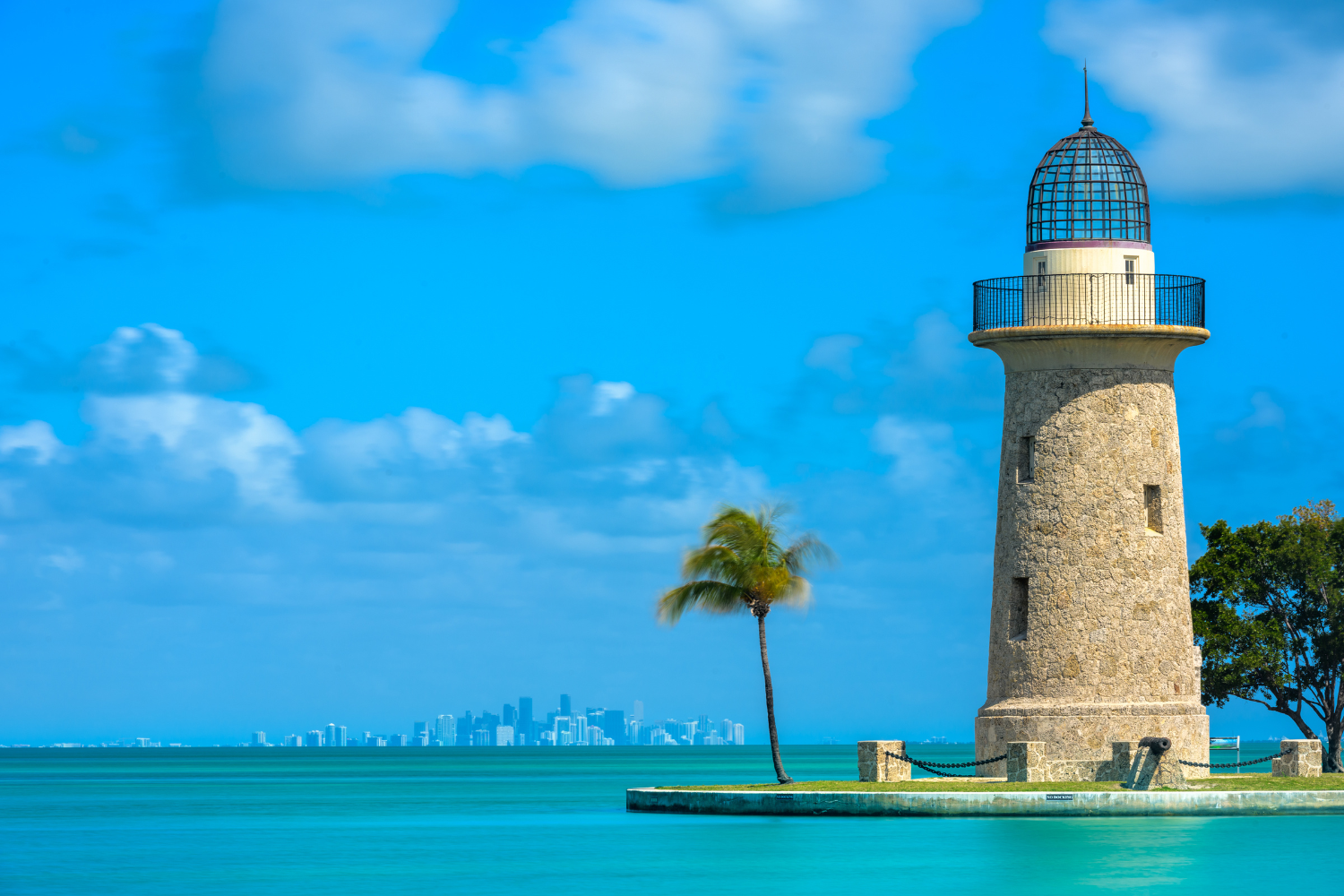
The park’s most popular island and home to a famous lighthouse built by Mark Honeywell in the late 1930s. Even though the lighthouse wasn’t built for guiding ships, it attracts visitors who come to admire the park’s beauty and attractions.
This spot is known for its picturesque harbor where you can dock your boat and explore.
Key things to consider:
- Camping is available, but there are no facilities for drinking water, electricity, sales, sinks, or showers.
- Starting January 1, 2024, there’s a $25 docking fee on Fridays, Mondays, and Federal Holidays (fees may be subject to change).
- Docking fees can be paid using your mobile phone with the Scan & Pay feature.
- Packout all trash
- Boats can only dock at the cleated bulkhead, with no more than two boats allowed to raft together.
- Pets are not allowed on the island or boats in the harbor, except for service animals.
- The observation deck of the 65-foot lighthouse offers fantastic views of the islands, bay, ocean, and Miami skyline. Park employees may be able to open the observation deck for viewing if they are available.
- A half-mile hiking trail starts just east of the restrooms and continues to the south end of the island, ending near the pavilion.
- Mosquitoes are present year-round.
- The harbor entrance is about four feet deep at low tide. Deep draft vessels should be very cautious.
- Low tide is calculated by adding one hour and forty-three minutes to the low tide at Government Cut in Miami.
Elliott Key
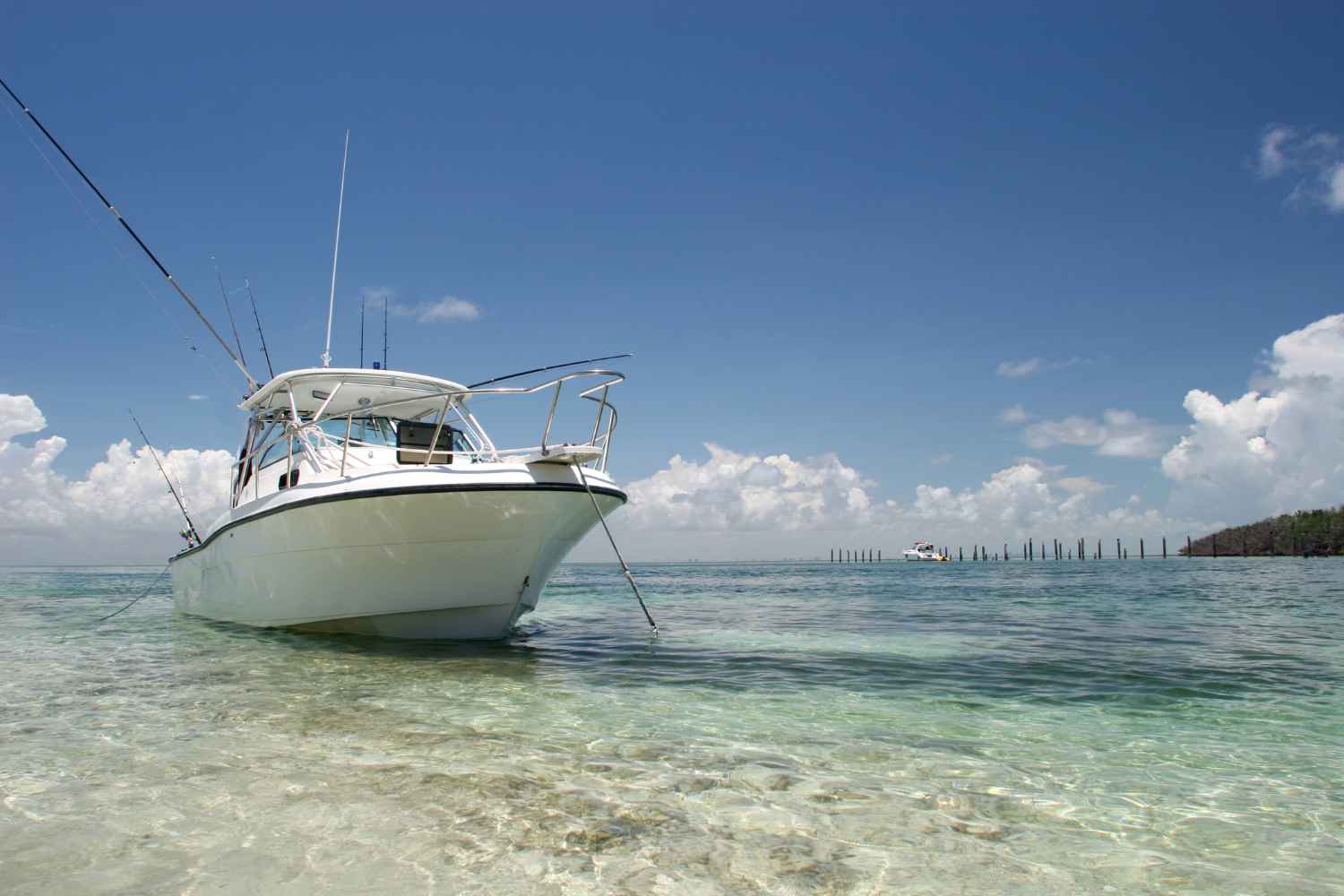
The park’s biggest island, covering about 1.7 square miles.
In the past, it was home to pioneers who farmed pineapples, harvested sponges, and engaged in other activities. Nowadays, visitors can boat, enjoy camping, have picnics, swim, watch wildlife, and hike on the island.
Key things to consider:
- There are no ferry services to the island
- Effective January 1, 2024, there’s a $25 docking fee on Fridays through Mondays and Federal Holidays (fees may be subject to change).
- Docking fees can be paid via your mobile phone using the Scan & Pay feature.
- Mosquitoes and no-see-ums (biting midges) are present year-round. Please pack out all trash
- There are no sales facilities available.
- Elliott Key harbor has a depth of about 2 1⁄2 feet at low tide, which is calculated by adding three hours and 25 minutes to the low tide at Government Cut.
- Boats can dock at one of the 33 slips. Pets on a leash are allowed in the developed areas of Elliott Key but cannot be left unattended.
Picnicking: Enjoy tables and barbecue grills at the campground and marina.
Restrooms: Cold water showers are available, and fresh drinking water is provided outside the building. It’s advisable to bring your own water in case of generator failure.
Hiking: Explore a mile-long loop trail near the campground, or venture along “Spite Highway,” a six-mile route through the island’s diverse habitats.
Fishing: Fish from the maintenance dock south of the harbor or along the shoreline outside the no-wake zone, following fishing regulations.
Convoy Point Jetty Walk (Self-Guided)
This easy, 0.4-mile walk along the jetty provides stunning views of the surrounding waters and a close-up look at the diverse marine life and bird species in the area. Interpretive signs along the way highlight the park’s history and ecology, making it a great option for visitors looking to learn more about Biscayne’s natural beauty at their own pace. The walk is suitable for all ages and accessible from the Convoy Point Visitor Center. View Map.
Dante Fascell Visitor Center, Gallery and Museum
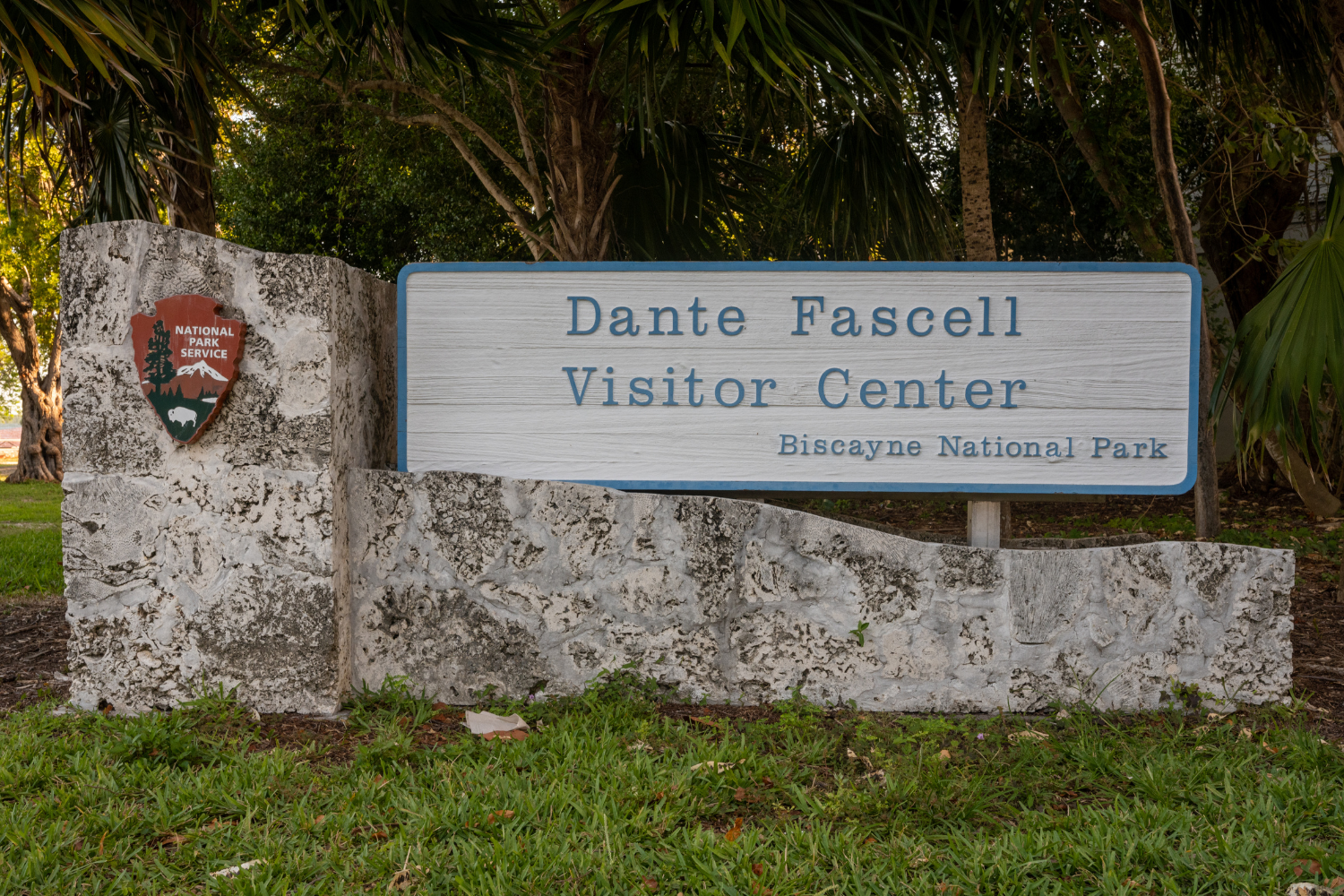
Opened in 2002, the Dante Fascell Visitor Center gallery showcases work by contemporary artists inspired by Biscayne National Park and South Florida.
Past exhibits have featured photography, paintings, drawings, fiber art, ceramics, collage, and sculpture.
Park Pro Tip: Many boat tours, programs, and events start here. The museum features exhibits with sound and video that highlight the park’s ecosystems.
Jones Family Historic District and Lagoon
Experience a unique glimpse into the area’s early pioneer life. The district preserves the historic home and farmland of the Jones family, one of the first African American families to settle in South Florida.
Visitors can explore the restored home, walk through the surrounding nature trails, and enjoy the serene lagoon, perfect for picnicking or birdwatching.
Stiltsville
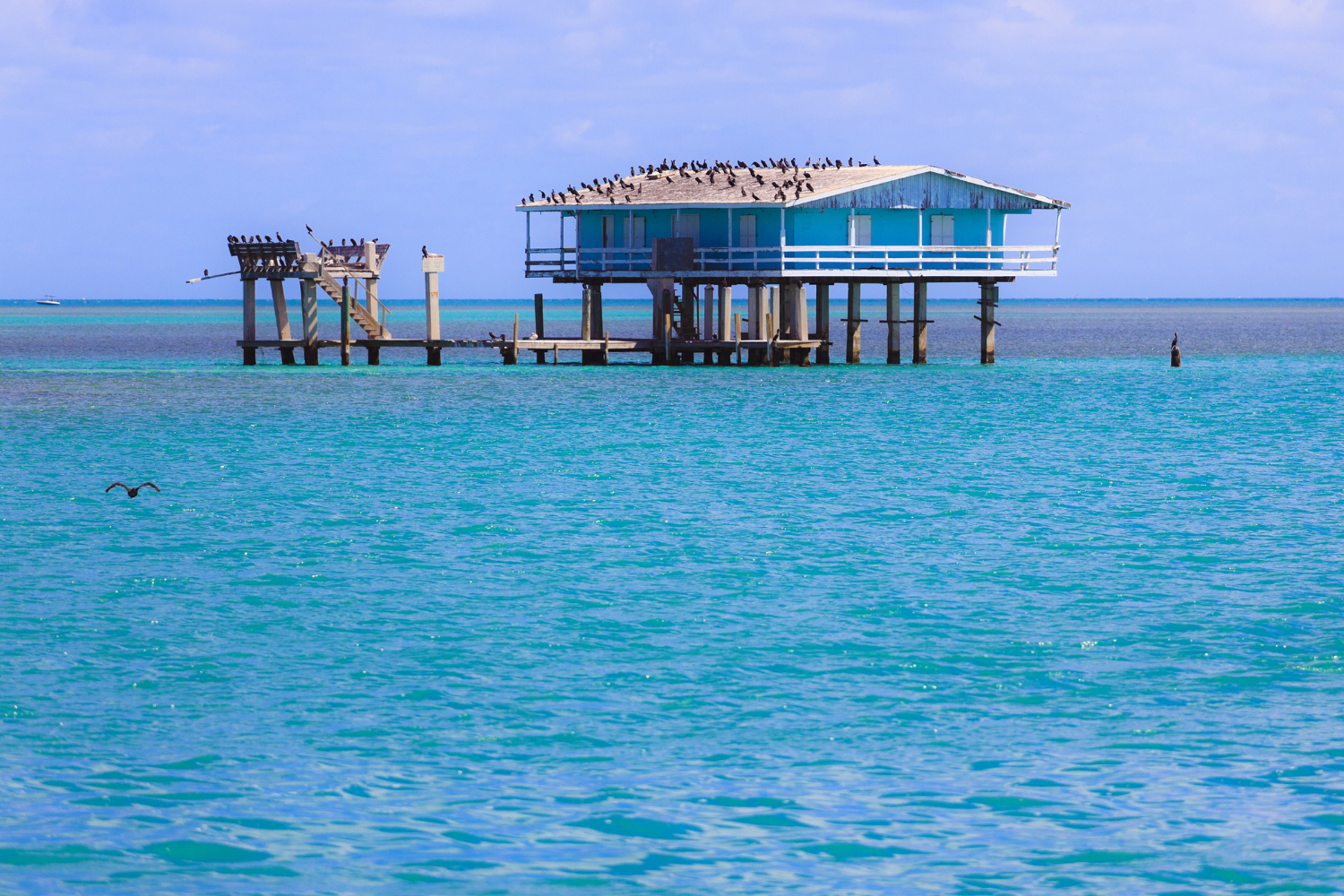
Floating above the shallow seagrass beds of Biscayne Bay, Stiltsville has a rich history starting in the 1930s. It began with “Crawfish Eddie Walker” building the first shack on stilts above the water.
Over time, more buildings were added, and Stiltsville became a mysterious and popular spot, accessible only by boat. It was a trendy place to be seen, especially for visitors from nearby Miami Beach.
The area was known for stories of illegal alcohol and gambling, leading to police raids on places like the Bikini Club and Quarterdeck Club.
At its height in 1960, there were 27 structures, but hurricanes, fires, and the challenges of its location meant that most buildings were short-lived.
In 1985, the land beneath the stilt structures was transferred from the State of Florida to the Federal Government as part of Biscayne National Park.
By 1992, Hurricane Andrew had destroyed all but seven of the buildings, none of which were there during the area’s peak.
In 2003, a non-profit group called the Stiltsville Trust was created to preserve the stilt structures and highlight the park’s marine resources. The park works with the Trust to restore the buildings and provide educational and interpretive services.
To visit the structures, you need a permit. For more information on obtaining a permit, please contact the Stiltsville Trust.
Camping in Biscayne National Park
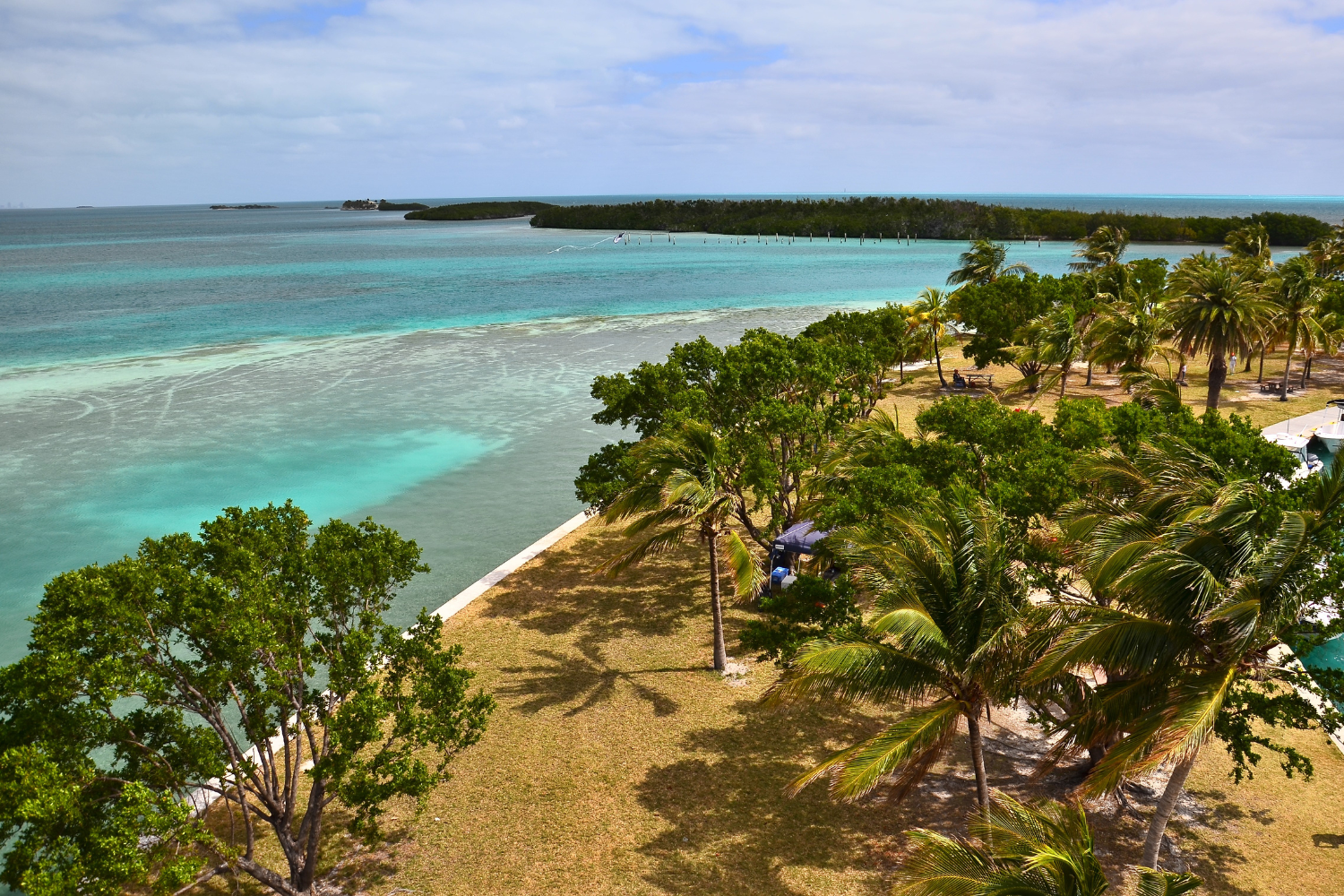
The park has two campgrounds, both on islands: Elliott Key and Boca Chita Key. You can only reach these islands by boat, and there are no ferry services to the islands.
Boca Chita Key is the park’s most visited island. It offers stunning waterfront views, a grassy area for camping, picnic tables, and grills.
There are toilets, but no showers, sinks, or drinking water.
At low tide, the harbor entrance is about four feet deep, so deep-draft vessels should proceed with caution. To find low tide times, add one hour and forty-three minutes to the low tide at Government Cut in Miami.
The 65-foot-tall lighthouse has an observation deck offering stunning views of the islands, bay, ocean, and Miami skyline. If park staff are available, they might be able to open the deck for you.
A half-mile hiking trail begins just east of the restrooms and runs to the southern end of the island, ending near the pavilion.
Elliott Key is the largest island in the park. It has restrooms with sinks and cold water showers, picnic tables, and grills.
Drinking water is available, but it’s a good idea to bring extra in case of issues with the water system. At low tide, the harbor is about 2½ feet deep. There are 33 boat slips in the marina.
Fees (may be subject to change)
- Boca Chita Docking: $25/day
- Boca Chita Camping: $35/night (Friday-Monday and Federal Holidays)
- Elliott Key Docking: $25/day
- Elliott Key Camping: $35/night (Friday-Monday and Federal Holidays)
Reservations: Campsites are available on a first-come, first-served basis, with no advance reservations.
How to Pay
- Download the free Recreation.gov app and create an account.
- Open the app, tap the “scan” icon, and allow camera access.
- Scan the QR code at the island kiosk and follow the instructions to pay.
- If you don’t have cell service, your payment will show as “pending” until you get a connection.
- Follow any additional instructions at the kiosk to confirm your payment.
- Show your payment confirmation or QR code if asked.
Additional Info
- Fees cover up to six people and two tents.
- Fees are due daily upon arrival or by sunset.
- Seniors with a valid America the Beautiful – The National Parks and Federal Recreational Lands Senior Pass get a 50% discount.
- Fees apply year-round.
Camping Rules
- Tents: Only in designated areas; no backcountry camping allowed. You can camp for up to 14 consecutive days or a total of 30 days per year.
- Trash: No trash collection; pack out all your trash.
- Quiet Hours: From 10 p.m. to 6 a.m., keep noise to a minimum.
- Insects: Expect insects year-round, with higher numbers in warmer months.
- Pets: On Elliott Key, pets are allowed on a leash in developed areas but not in buildings. Pets are not allowed on Boca Chita Key or on boats docked there, except for service animals.
- Fires: No ground fires allowed. You may collect dead wood only around the campgrounds.
- Wildlife: Do not feed wildlife. Store food and trash in a boat or animal-proof cooler.
- Trails: Elliott Key has two trails—one is a 7-mile trail (14 miles round trip), and the other is a 1-mile loop trail between the bay and ocean. Trails may be overgrown.
- Swimming: Not allowed in boat harbors.
- Fishing: A Florida saltwater fishing license is required. Fishing is allowed from the Elliott Key maintenance dock but not in the harbor. On Boca Chita Key, fishing is allowed but not in the harbor, creek, or western bulkhead area. Lobster harvesting is not allowed in Biscayne Bay.
Boating & Fishing in Biscayne National Park
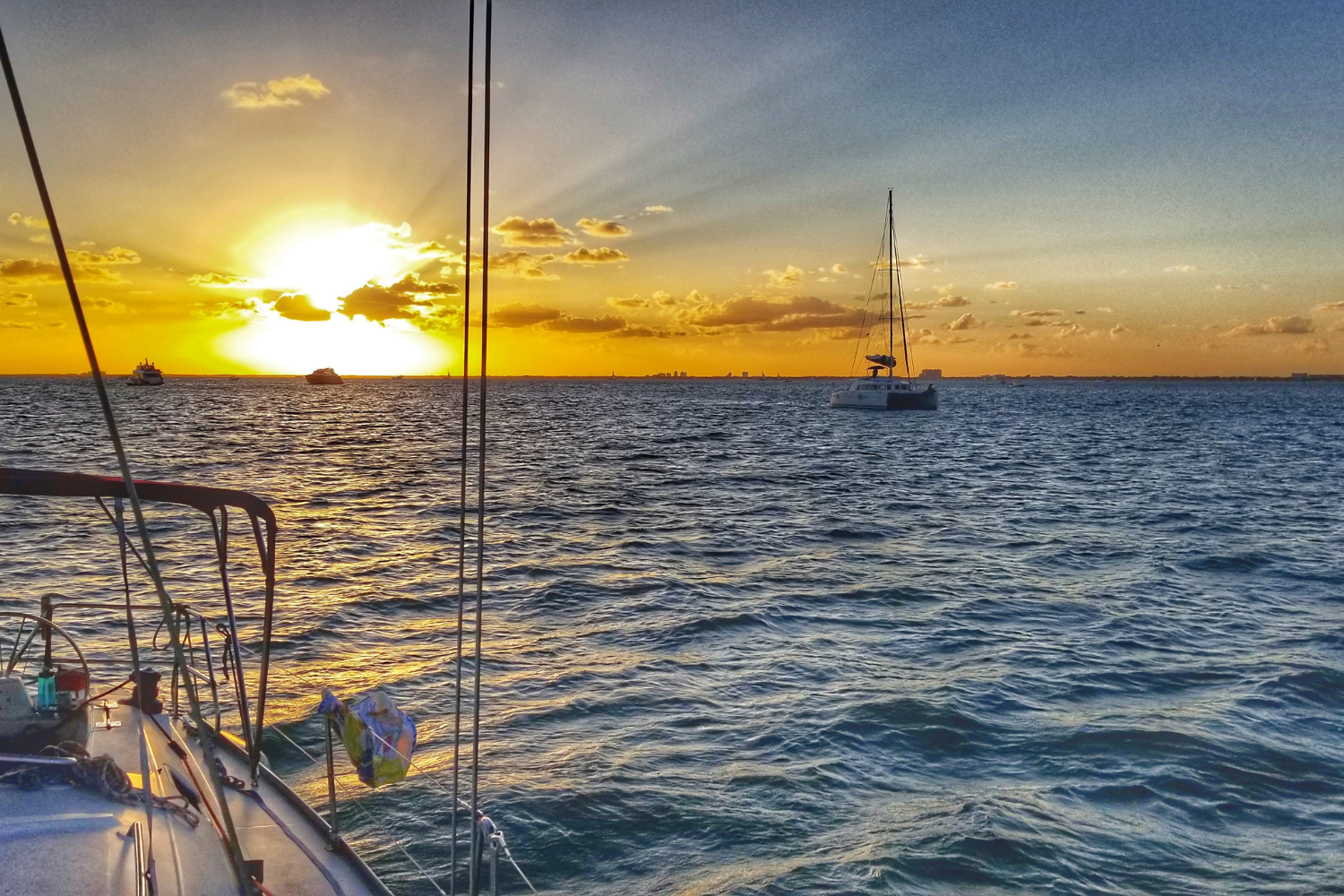
Covering over 250 square miles of shimmering waters, it’s no wonder that boating reigns as a top activity in the park. Fishing and lobstering are allowed with a fishing license, kids 16 and under do not require a license (see regulations here).
Whether you’re seeking the excitement of open seas or seeking solace in a serene cove near the shore, our priority is ensuring your enjoyment and safety on the water.
Boca Chita Key: This spot is known for its picturesque harbor where you can dock your boat and explore. Don’t miss the iconic Boca Chita Lighthouse, offering stunning views from its top. You can also enjoy hiking trails, have a picnic, or camp overnight, making it perfect for a day trip or extended stay.
Elliott Key: The largest island in the park, Elliott Key, is a gem for boaters. It boasts pristine beaches, crystal-clear waters, and a wealth of marine life. Spend your time snorkeling, swimming, or combing the beaches for treasures. Camping facilities are available if you want to extend your stay and fully immerse yourself in the island’s natural beauty.
Adams Key: For a peaceful getaway, head to Adams Key. This island offers serene trails that wind through mangrove forests and coastal hammocks. Keep an eye out for wildlife along the way. Picnic areas are available, making it a great spot to relax and enjoy the island’s tranquility.
Maritime Heritage Trail: Dive into history with the Maritime Heritage Trail. Explore shipwrecks and underwater archaeological sites dating back to different eras. Each site has informative signs, providing insights into the region’s maritime history. It’s a fascinating journey for history buffs and underwater enthusiasts alike.
Jones Lagoon: Experience serenity at Jones Lagoon as you paddle through calm waters surrounded by mangroves. Take your time to observe the abundant marine life and soak in the peaceful atmosphere. It’s an ideal spot for beginners or anyone looking for a relaxing paddle amidst nature’s beauty.
Canoeing and Kayaking

Canoeing and kayaking are great ways to explore the park’s mangrove-lined shores and shallow bay waters.
Experienced kayakers might enjoy crossing the seven-mile stretch of Biscayne Bay to reach Elliott or Boca Chita Keys.
Adams Key is a popular starting point for accessing these areas from the south.
Using the islands as a base allows you to explore the lagoons, creeks, and channels south of Caesar Creek, which are often too shallow for motorized boats, so you’ll likely have these spots to yourself.
Jones Lagoon is a fantastic spot to see rays, upside-down jellyfish, schools of fish, and wading birds.
Just be sure to stay at least 300 feet away from the bird rookery to avoid disturbing the birds.
Hurricane Creek is another great place for canoeing and kayaking. It got its name because old-timers used to tie their boats here during storms.
The creek offers excellent snorkeling opportunities under mangrove roots to see sea squirts, crabs, anemones, and other marine life.
You can launch your own canoe or kayak from the designated area next to the parking lot for free.
If you’re camping on one of the park islands, you can leave your vehicle in the parking lot overnight, but make sure to stop by the visitor center to get a free parking permit.
Please note that the park does not currently offer canoe or kayak rentals.
Are pets allowed in Biscayne National Park?
Pets are allowed at Convoy Point (excluding the Dante Fascell Visitor Center) and on Elliott Key only. They are not allowed anywhere on Boca Chita Key, even in docked boats. Pets must be on a six-foot leash, and owners must clean up after them. Service animals are permitted in Biscayne National Park. For the full pet policy and service animal information, click here.

